Tag: intubation
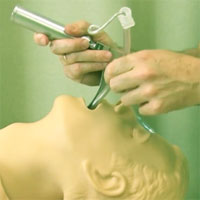
Timing of Intubation in Patients With COVID-19
The timing of intubation in hypoxemic patients with COVID-19 has been hotly debated. Early in the pandemic, there was a push to intubate early, driven by the effort to reduce transmission of the virus. With time, high-flow... read more
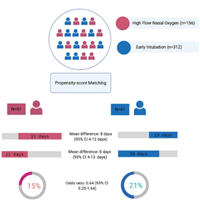
High-flow nasal oxygen in patients with COVID-19-associated acute respiratory failure
The use of high-flow nasal oxygen upon ICU admission in adult patients with COVID-19 related acute hypoxemic respiratory failure may lead to an increase in ventilator-free days and a reduction in ICU length of stay, when... read more

Helmet CPAP to treat hypoxic pneumonia outside the ICU
Respiratory failure due to COVID-19 pneumonia is associated with high mortality and may overwhelm health care systems, due to the surge of patients requiring advanced respiratory support. Shortage of intensive care unit... read more
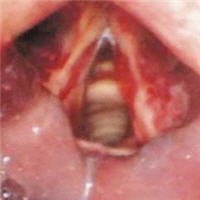
Early Intervention for the Treatment of Acute Laryngeal Injury After Intubation
This study suggests that early intervention for patients with postintubation laryngeal injury was associated with a decreased duration of tracheostomy dependence, a higher rate of decannulation, and fewer surgical procedures... read more

Safety of RSI in an Emergency Training Network
Implementation of an evidence-based care bundle and audit of practice has created a safe environment for trainees to learn the core critical care skill of Rapid sequence intubation (RSI). In our setting, checklist use was... read more

An Index Combining Respiratory Rate and Oxygenation to Predict Outcome of Nasal High-Flow Therapy
In patients with pneumonia with acute respiratory failure treated with high-flow nasal cannula (HFNC), ROX is an index that can help identify those patients with low and those with high risk for intubation. This was a... read more

COVID-19 Awake Proning – All Hype?
In this prospective meta-analysis of observational studies of patients with acute hypoxemic respiratory failure due to COVID-19, APP did not result in lower intubation or mortality rates, despite reported improvements in... read more

Pharyngeal abscess: a rare complication of repeated nasopharyngeal swabs
A 73-year-old end-stage renal disease patient who had undergone craniopharyngioma resection 30 years previously was admitted to hospital after a fall. He developed hospital-acquired laboratory-confirmed SARS-CoV-2 that required... read more

Current airway management practices after a failed intubation attempt
The majority of second intubation attempts were undertaken by emergency consultants and registrars. A change from a non-consultant intubator to a consultant intubator of any specialty for the second attempt and intubation... read more

Prone Positioning Non-intubated COVID-19 Patients with Severe Hypoxemia Was Safe
In a small sample, prone positioning non-intubated COVID-19 patients with severe hypoxemia was safe; however, many patients did not tolerate prolonged durations. Although patients had improved oxygenation and respiratory... read more

Bacterial Superinfection Pneumonia in COVID-19 Respiratory Failure
Severe community-acquired pneumonia secondary to SARS-CoV-2 is a leading cause of death. Current guidelines recommend patients with SARS-CoV-2 pneumonia receive empirical antibiotic therapy for suspected bacterial superinfection,... read more
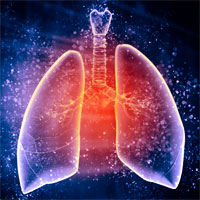
COVID-19 Pneumonia: Typical or Atypical Form of ARDS?
Evidence-based guidelines can never help a doctor resolve whether a patient is best managed by inserting an endotracheal tube or avoiding its use. That decision is based on clinical judgment, gestalt, and tacit knowledge.... read more
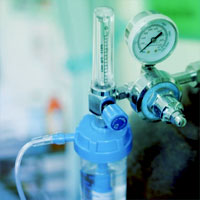
Pre-hospital critical care management of severe hypoxemia in victims of COVID-19
Patients with Covid-19 and severe hypoxemia may pose a considerable challenge for the pre-hospital emergency medical services. Intubation may be associated with a high risk of complications in these patients and should be... read more

Circuits Between Infected Macrophages and T Cells in COVID-19 Pneumonia
Some patients infected with Severe Acute Respiratory Syndrome Coronavirus-2 (SARS-CoV-2) develop severe pneumonia and the acute respiratory distress syndrome (ARDS). Distinct clinical features in these patients have led... read more




